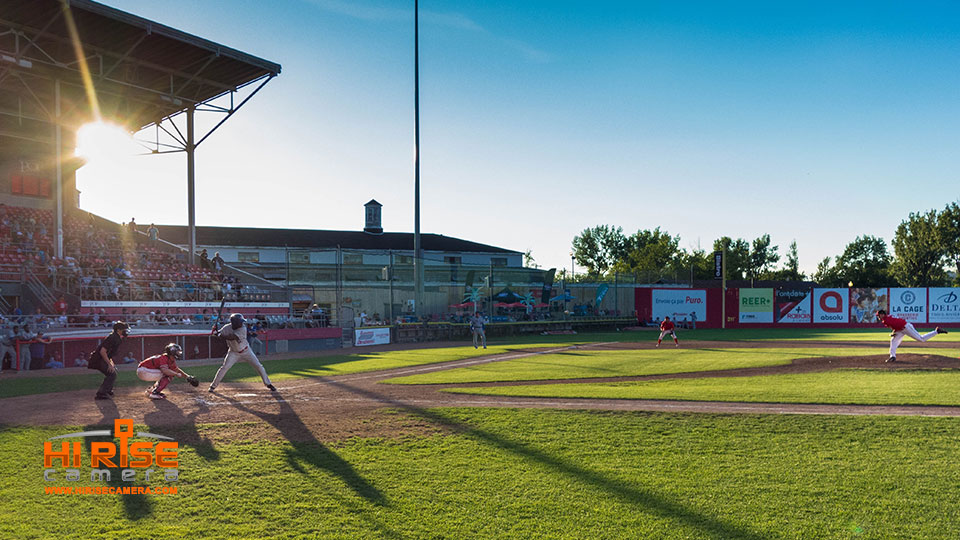Video streaming is a new buzz word made famous by social media platforms. But, when people are talking about video streaming, they could be referring to one of two very different versions: video on demand (VOD) or live streaming
Let’s have a look at the main differences between video on demand and live streaming:
Video on demand:
- Capable of high definition
- Can adapt to available bandwidth for smooth playback
- Is more economical to deliver
- Can be played on PCs and mobile devices
Live Streaming:
- Provides live chat ability
- No time delays
- Viewers can interact in real time
- Often requires extra hardware and software
- More costly
Which Version to Use and When
Because live streaming and VOD are different services, the situations you would use each one will vary.
Hi-Rise Camera Systems and Live Streaming
If you want to broadcast a match to a live audience in a format that allows them to engage and make comments, then live streaming is the way to go.
Positioning multiple Hi-Pod or Hi-Rise camera systems around the field delivers an exciting match that fans can enjoy from numerous angles. The fact that they can make comments directly to the feed and engage with fellow fans in real time only serves to sweeten the deal.
When to Use Video on Demand
Video on demand is a better choice when you need to record a match for training purposes.
With video on demand, all team members will have the opportunity to review the video and note areas where they could improve their performance. All of this could be done without having to get all team members together in the same room.
Plus, if multiple Hi-Rise camera systems are placed around the field it is possible to review the match from many different angles.
VOD is also useful if you need to make footage of a match available to anybody who couldn’t make it to the live streaming service.
As you can see, video on demand and live streaming are two different types of video distribution services, and your needs and audience type (spectators or team members) will dictate which one of the two is most suitable.



